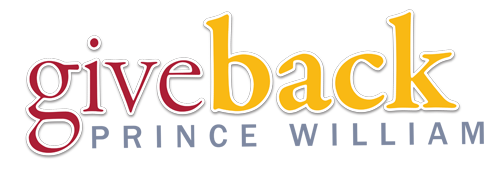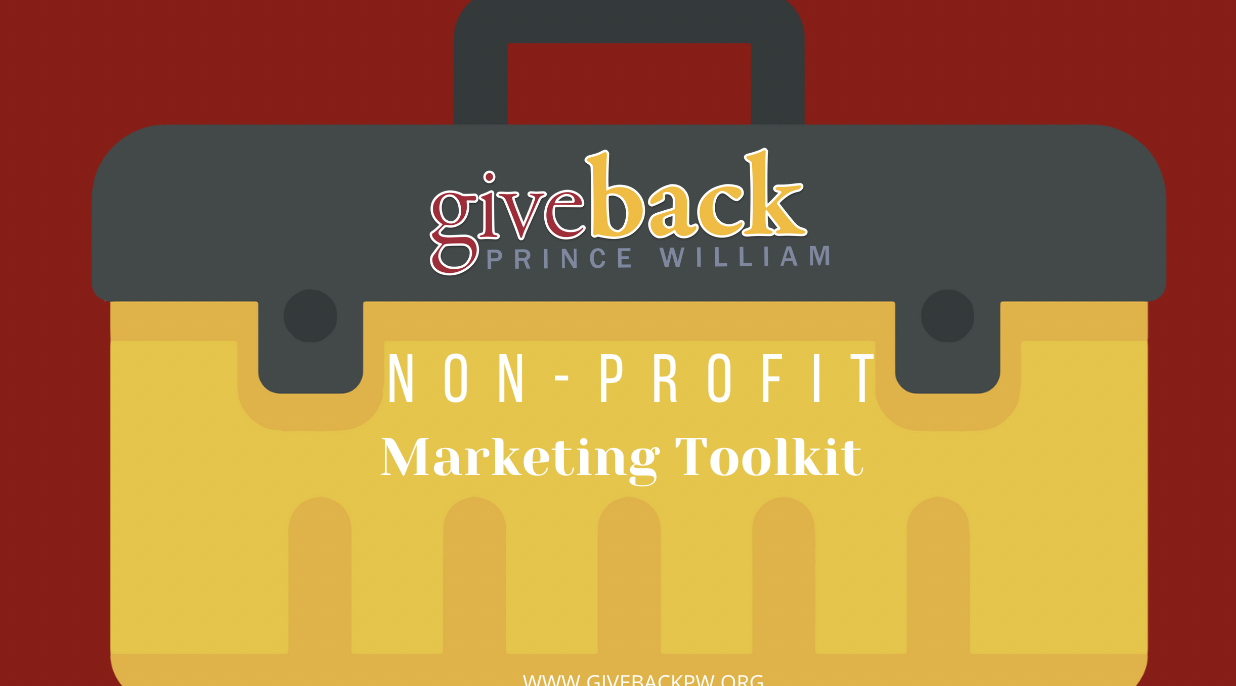Nonprofits play a crucial role in society, providing essential services and resources to those in need. However, with so many nonprofits competing for funding and attention, it can be challenging for organizations to stand out and attract the support they need to fulfill their mission. That’s where a nonprofit marketing toolkit can be invaluable.
A nonprofit marketing toolkit is a collection of resources and tools designed to help organizations effectively promote their cause and attract support. Here are some essential elements that should be included in a nonprofit marketing toolkit:
Developing a clear brand identity is critical for any organization, including nonprofits. You need a brand guide with a well-defined mission statement, logo, tagline, color schemes, and messaging. It should include the usage of these elements and create consistency across all marketing materials, from your website to your social media pages.
Developing a marketing plan for a nonprofit organization involves identifying its target audience and determining the best ways to reach them. The plan should focus on highlighting the organization’s mission, goals, and the impact it has on the community. The first step is establishing clear and measurable goals aligning with the nonprofit’s mission. Next, the plan should include a comprehensive target audience analysis, including demographics, interests, and behavior patterns.
Once the audience is identified, the plan can determine the most effective channels to reach them, such as social media, email marketing, events, or community outreach. The plan should also include a budget, timelines, and metrics to track the success of the marketing efforts. By developing a clear and well-defined marketing plan, a nonprofit organization can effectively promote its mission and engage with its community, ultimately achieving its goals and positively impacting society.
A User-Friendly Website
Your website is often the first point of contact for potential donors and volunteers. Ensure your website is user-friendly, visually appealing, and easy to navigate. It should include clear calls to action, such as “Donate Now” or “Volunteer Today.”
Create a schedule that outlines the topics and themes for upcoming blog posts, social media updates, and other editorial content. A well-planned editorial calendar can help nonprofit organizations stay on track with their content creation and ensure that they publish relevant and engaging content regularly. It can also help align content with fundraising and other events, providing a coordinated marketing effort. An editorial calendar can be created on a weekly or monthly basis, depending on the organization’s needs. It can be adjusted as needed based on the feedback and engagement of the audience.
Nonprofit success stories are a powerful way to showcase the impact of an organization’s mission and programs. These stories provide tangible evidence of how donations and volunteer efforts are making a difference in the lives of those served by the nonprofit. Sharing success stories can also help to build trust and credibility with supporters, as they can see firsthand the positive outcomes that result from their contributions. These stories can be shared through various channels, such as social media, newsletters, and website updates. By highlighting success stories, nonprofits can inspire others to get involved and continue making a meaningful impact in their communities.
Email marketing is an effective way to communicate with your audience and keep them engaged. Email campaigns promote events, highlight success stories, and ask for donations.
Social Media Presence
Social media is an excellent way to reach a large audience quickly and inexpensively. Create profiles on platforms such as Facebook, Twitter, and Instagram, and use them to share news, events, and other updates. Include templates for social media posts and graphics to ensure a consistent look and message.
Marketing collateral
This includes brochures, flyers, and other printed materials that can be used to promote the organization’s mission and activities. Make sure they are professionally designed and reflect your brand identity.
Fundraising materials
This includes donation forms, sponsorship packets, and other materials designed to help organizations raise money.
Press kit
This should include a press release template, organization fact sheet, and other materials that can be used to engage with the media. Logos and standard photos should also be included. Develop a list of media outlets in your area and send them press releases about your events, success stories, and other news.
Volunteer Resources
Provide resources to help volunteers promote the organization and recruit new supporters.
Fundraising Materials
Fundraising is a crucial part of any nonprofit organization. Include materials such as donation envelopes, pledge forms, and fundraising letters in your toolkit.
Evaluation tools
Include tools to help track and evaluate the effectiveness of marketing efforts and adjust strategies as needed.
You can effectively promote your organization and engage your audience by putting together a nonprofit marketing toolkit. With the right tools and resources, you can make a significant impact and achieve your mission.
A nonprofit marketing toolkit can help organizations build awareness, connect with supporters, and raise funds to fulfill their mission. By including these essential elements, nonprofits can create a comprehensive marketing strategy that effectively promotes their cause and drives support.
Give Back Prince William is a nonprofit (501(c)(3) whose mission is to build a better community by supporting quality-of-life issues, including solid economic development, supporting the arts community, and encouraging volunteerism through our local not-for-profits through Prince William Living magazine and other resources.
Prince William Living’s mission statement includes practicing local social responsibility, and Give Back Prince William is one way the magazine gives not-for-profits a voice in the community.
By using our combination of nonprofit, marketing, and publishing resources, we support nonprofit initiatives that visibly and quantifiably improve, enhance or maintain the quality of life for our communities.
If you are a for-profit business and want to support local non-profits and to learn how to partner with the non-profit community, or if you are a local non-profit looking for visibility, email rebecca@givebackpw.org for more information.




